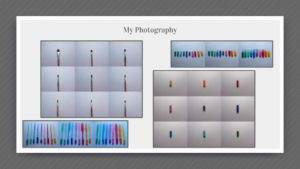what is depth of field?
Is the focus or range effectiveness within the range,it is also the distance between the nearest and farthest objects in a scene that appear acceptably sharp in an image.This portrays the graudal changing as to how much os a specific image you want to be in focus and to what extent you want for a certain area, Traditional debth of field was created in order to suggest that disatnt objects often need to be larger on the film and do not need to be so sharp,the loss of detail in distance is particullarly noticebale with extreme engalrgments so for example this allowed a blur but in order to enchnace a speific direct area of vibrancy within tht eimage that you want to be easuily seen and accessible. Debth of field is important for images within marcro and is a look that can be highly sucessful within the right settings.
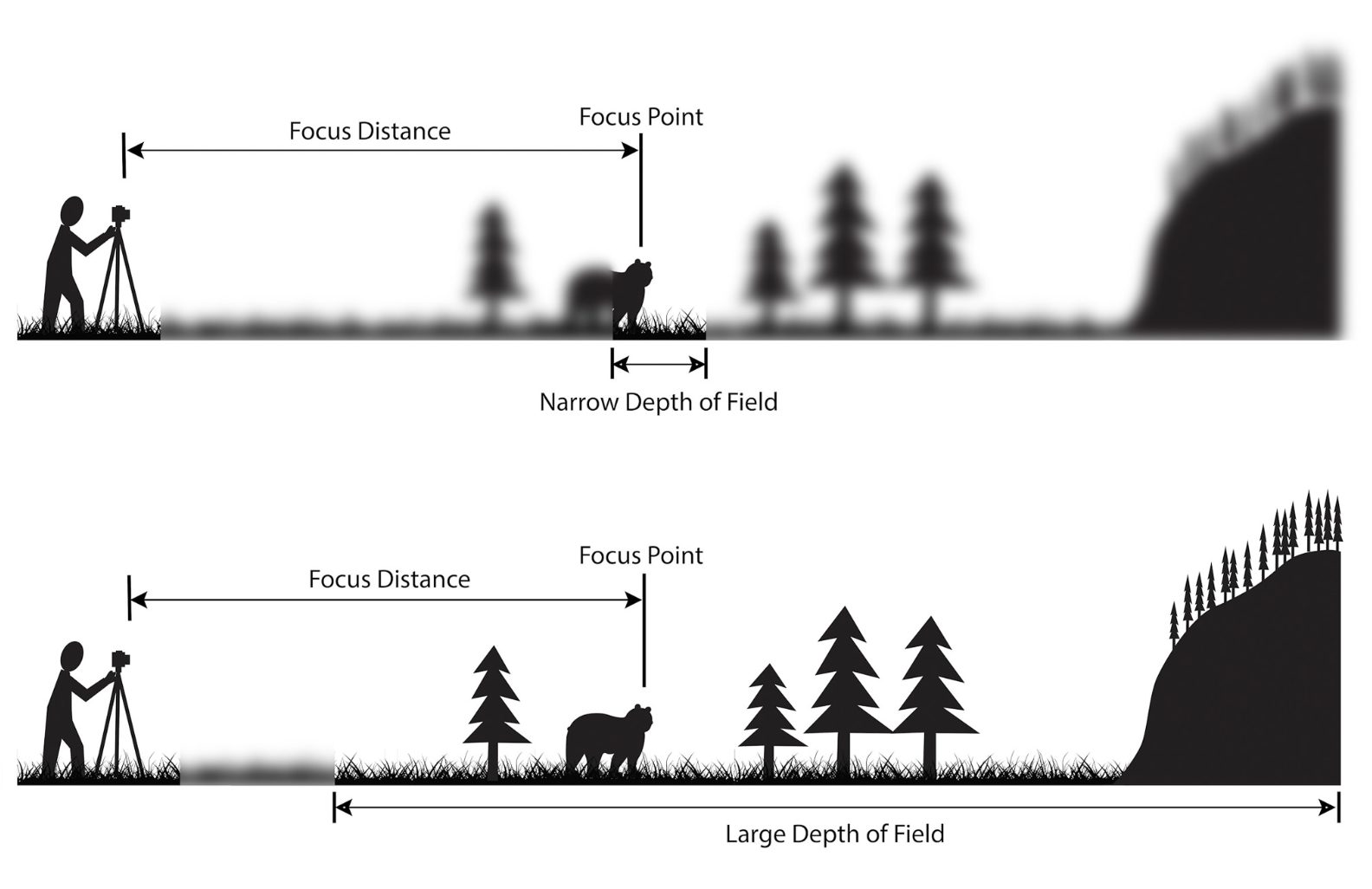
within this image you can see the gradual focus point change in order to allow more depth of field and more detail. Whereas the first narrow depth off field shows the widening of the lens to create a smaller(narrow) so more detailed image and so less focus on the suorounding subjects such as in this image:
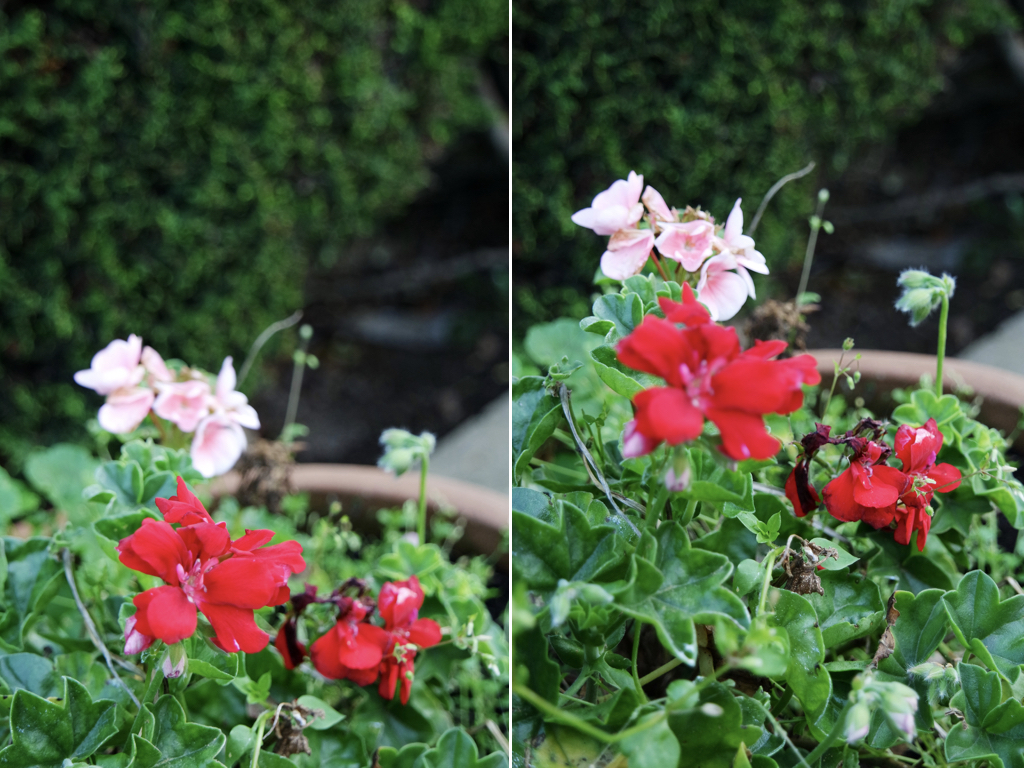
within he first image you can see it is clearly focused pm the floor in front and the second it is also forcing on the flower behind as well and the red flower itself.
you are also able to focus on different areas still blurring whatever section you want ,or in a shot you are also able to focus on everything in the frame with a large depth of field.
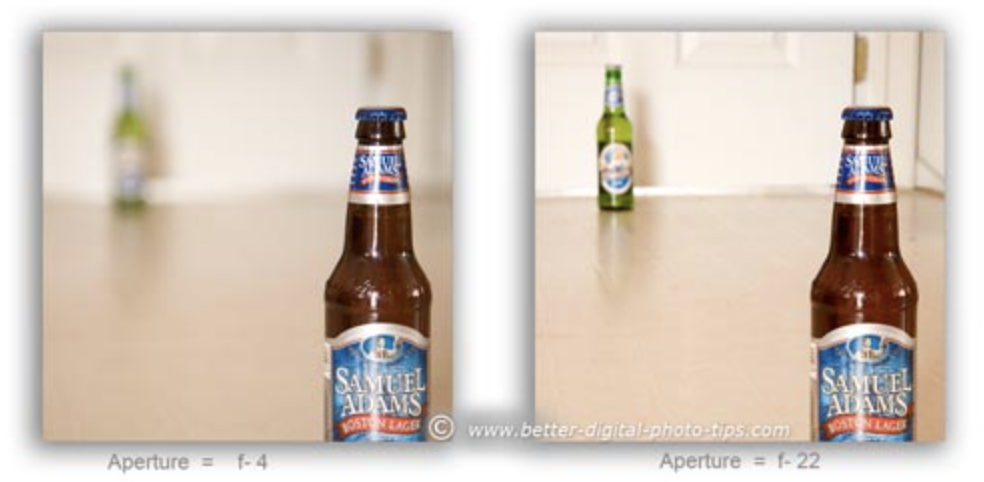
most artists would recommend focusing very close to infinity, and stopping down to make the bollard sharp enough. With this approach, foreground objects cannot always be made perfectly sharp, but the loss of sharpness in near objects may be acceptable if recognizably of distant objects is paramount.



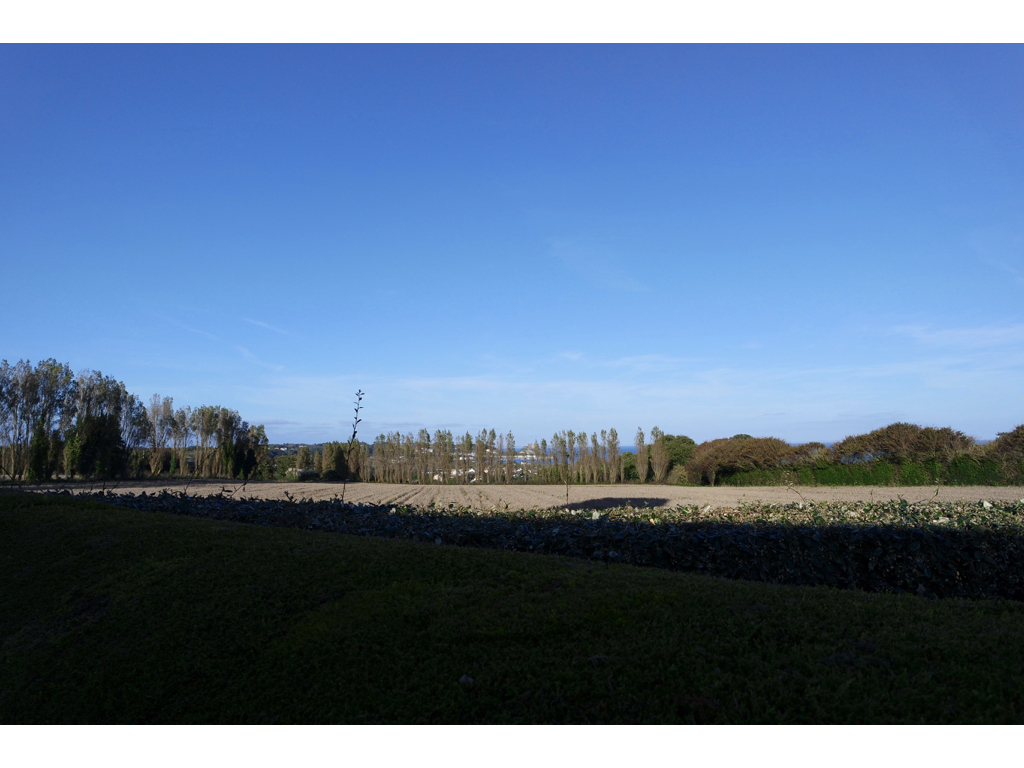



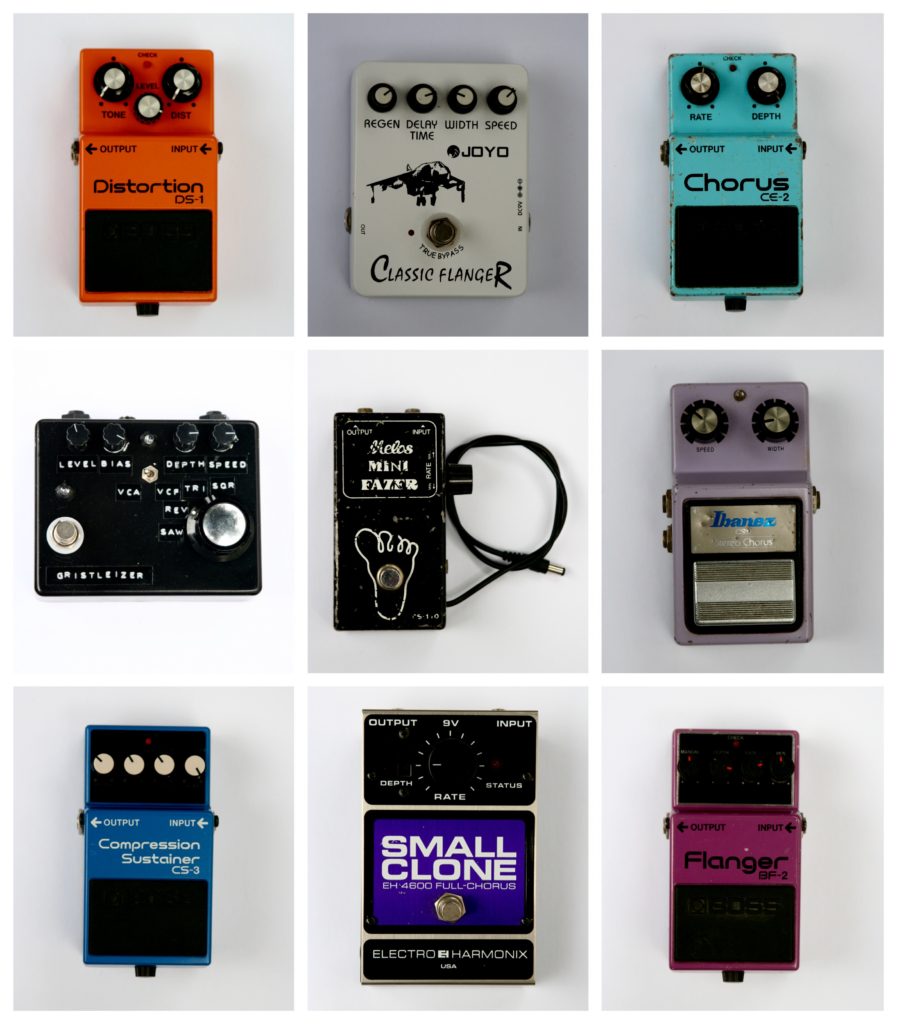

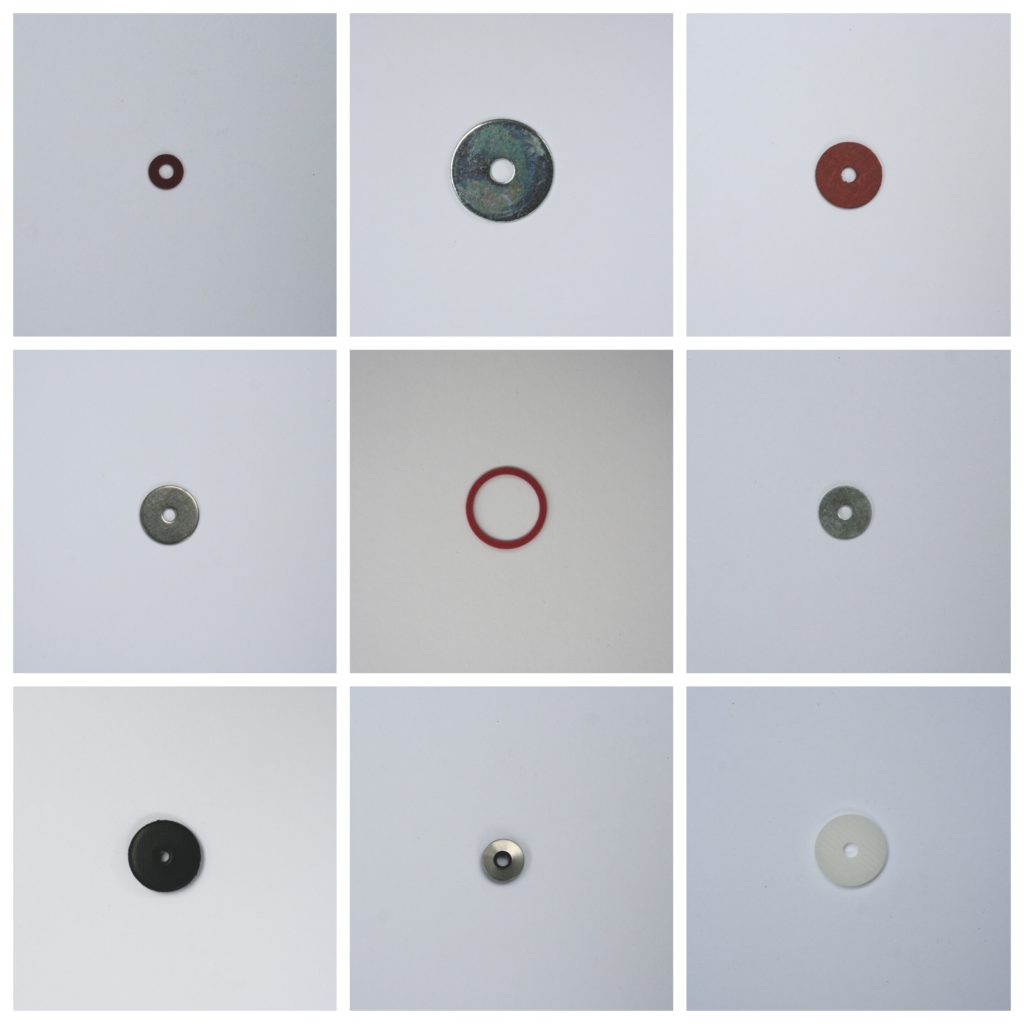

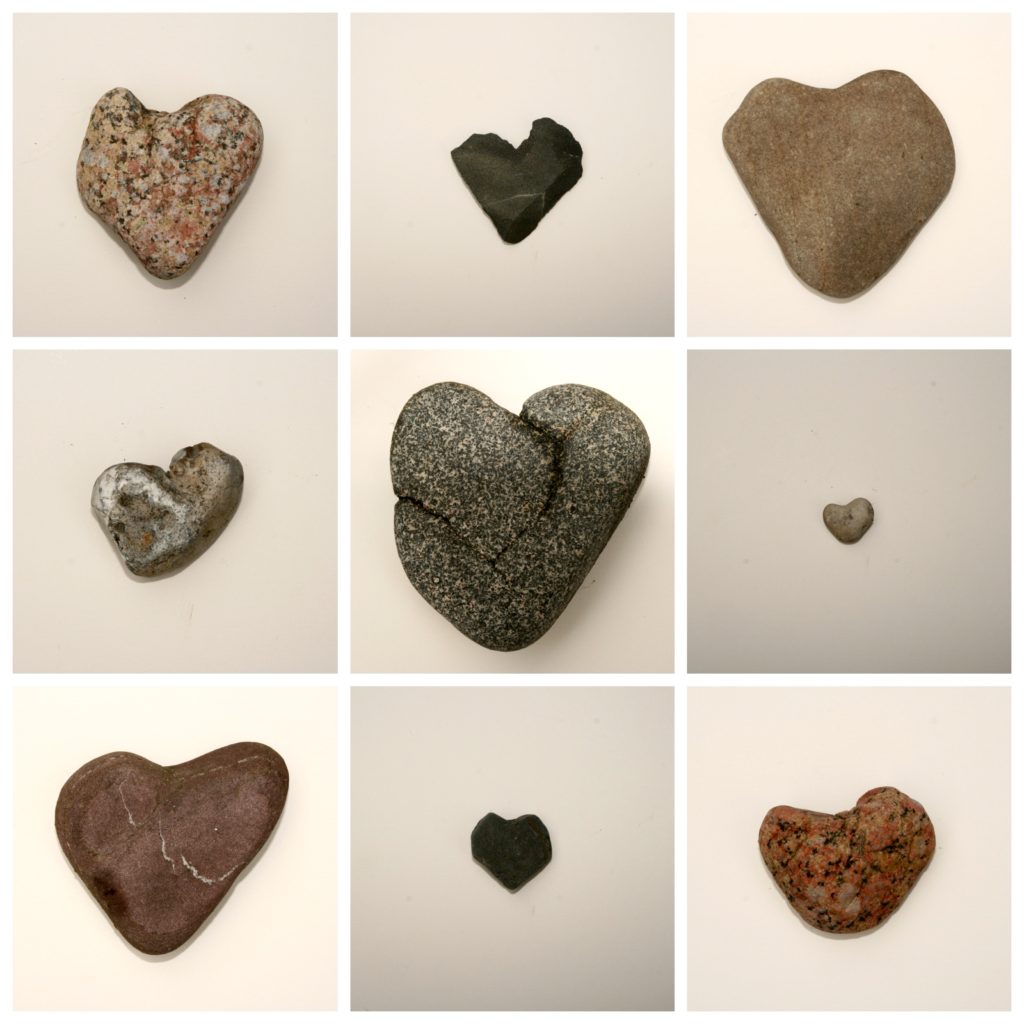
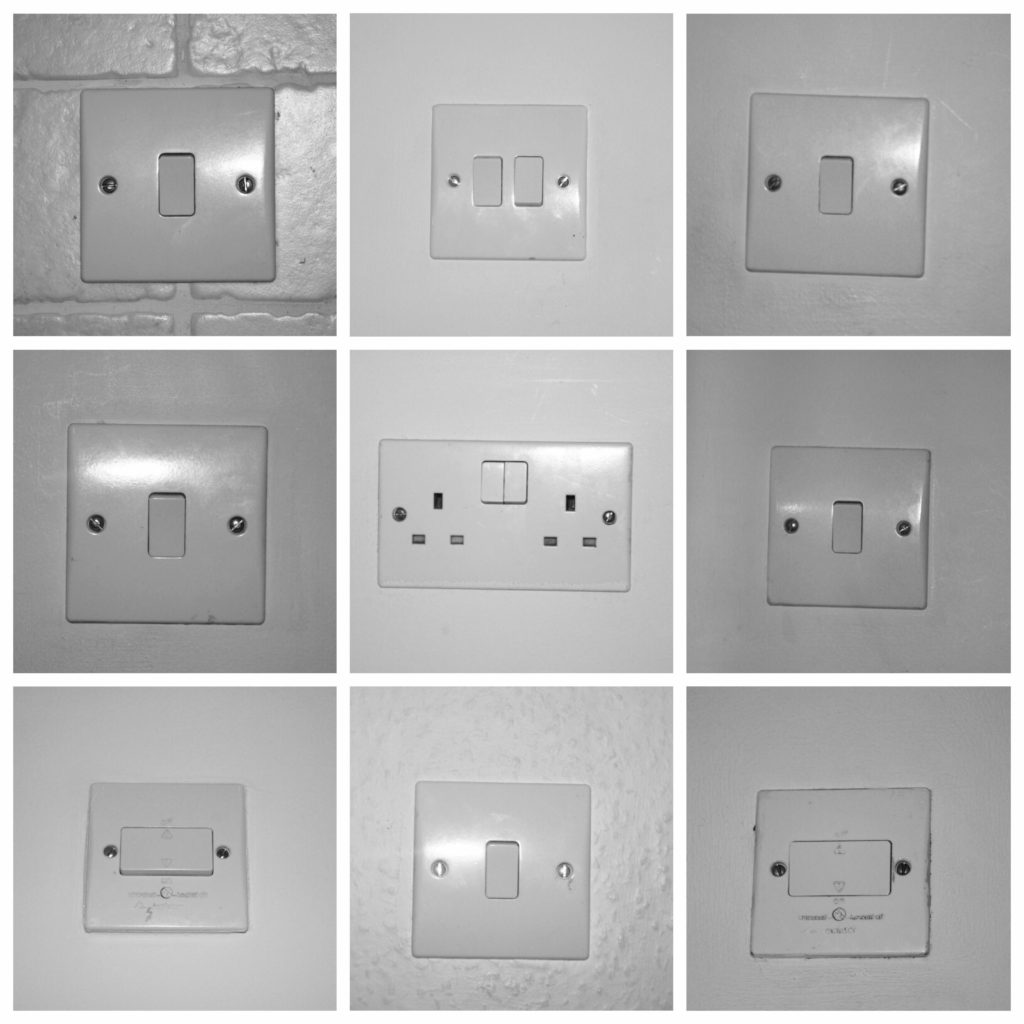

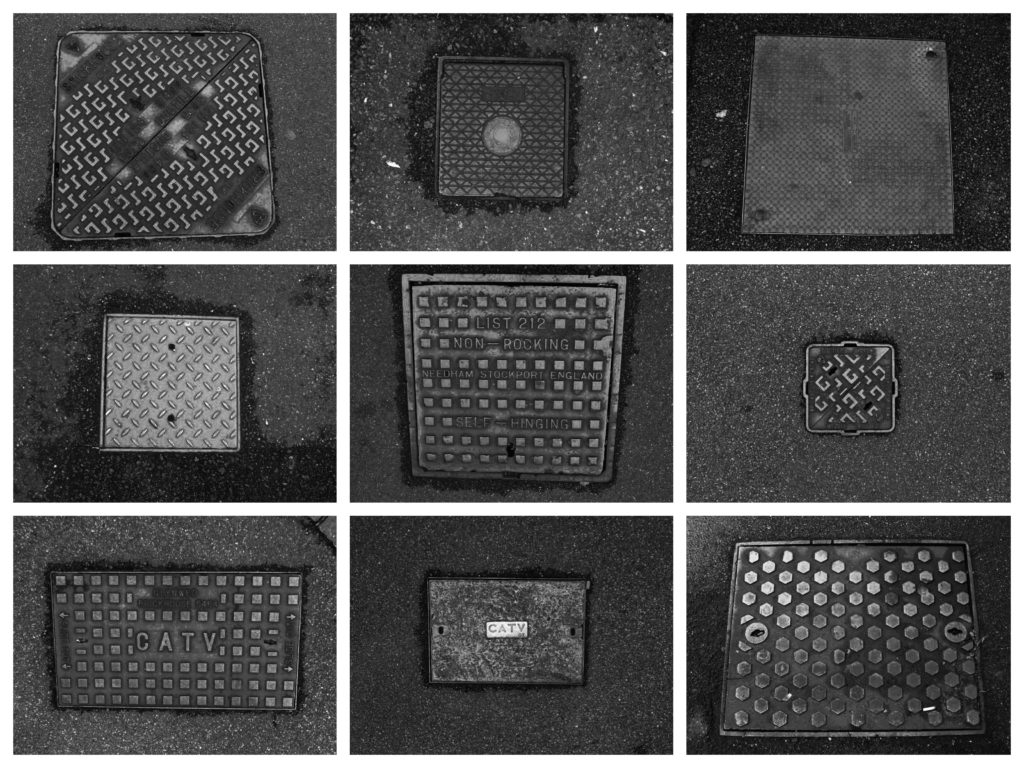

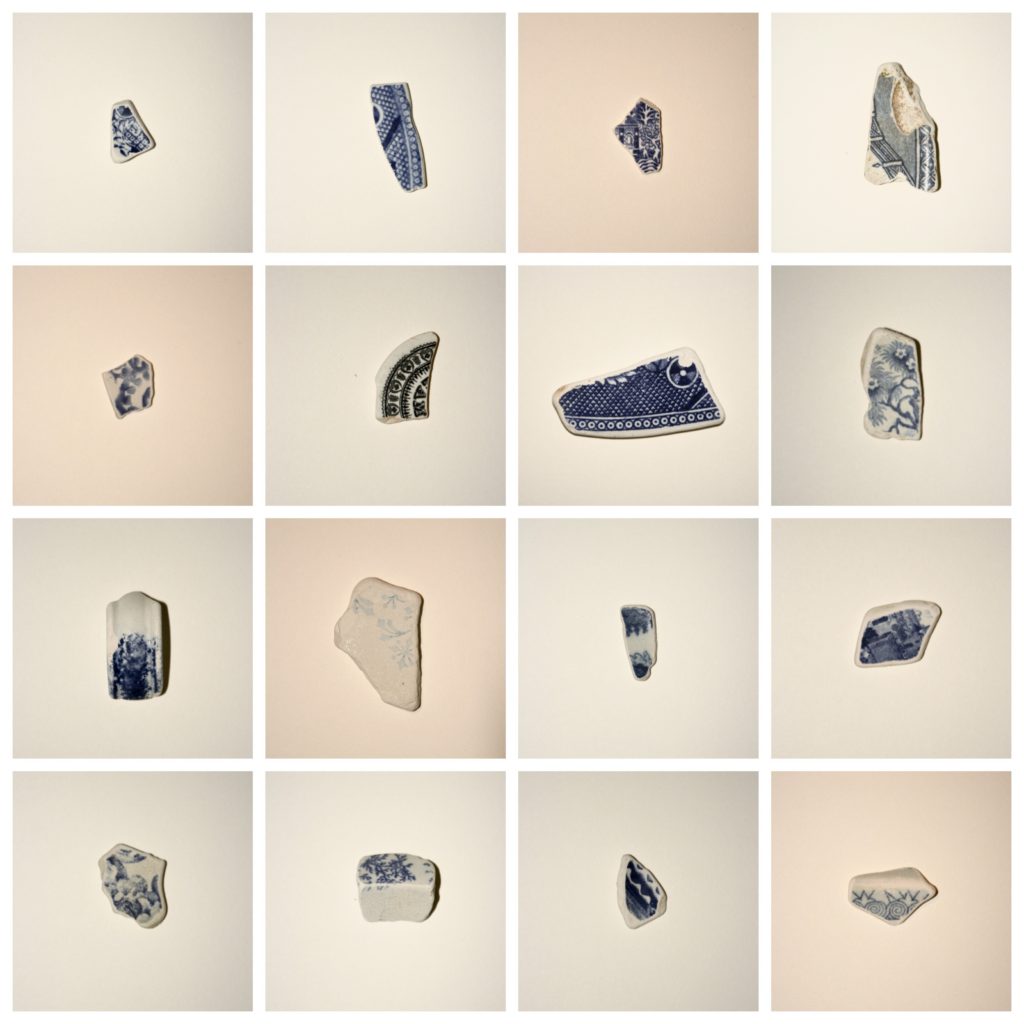
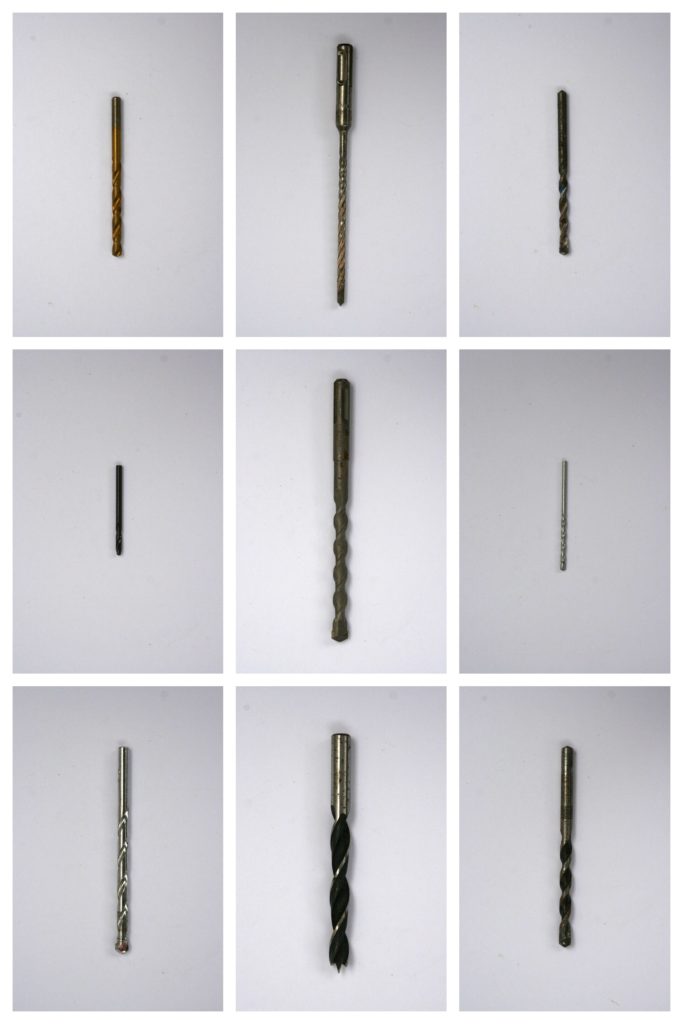
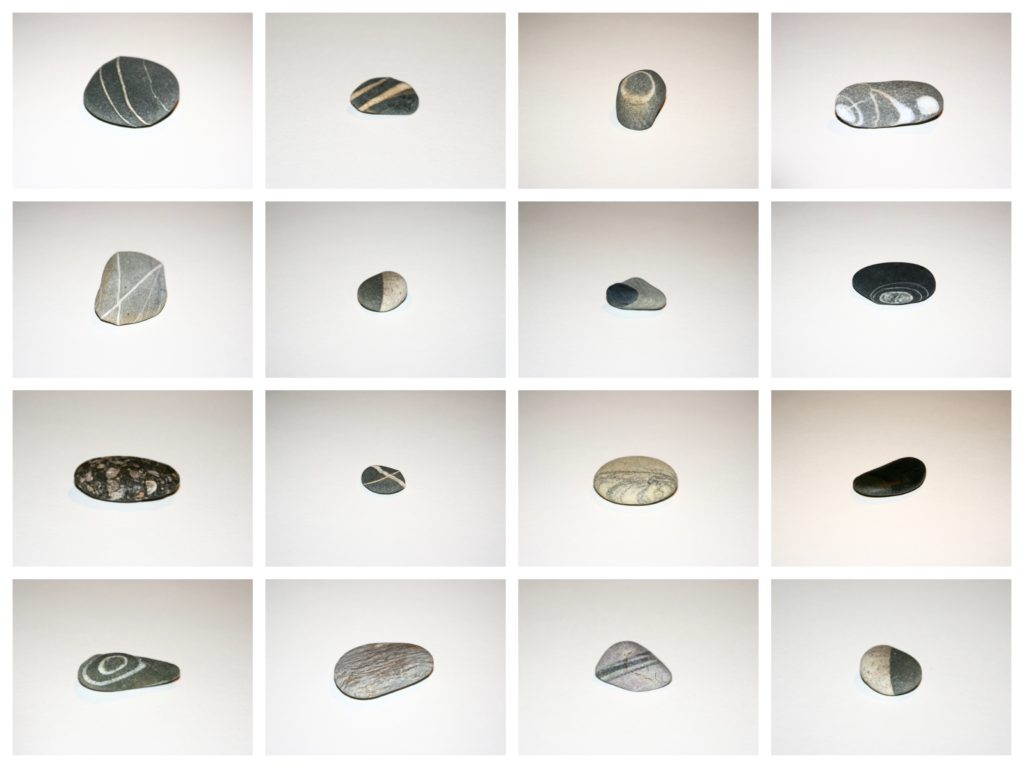

 Photographer Research Two (Bernd & Hilla Becher)
Photographer Research Two (Bernd & Hilla Becher)
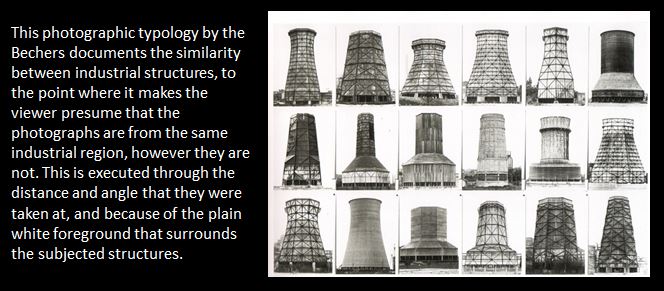
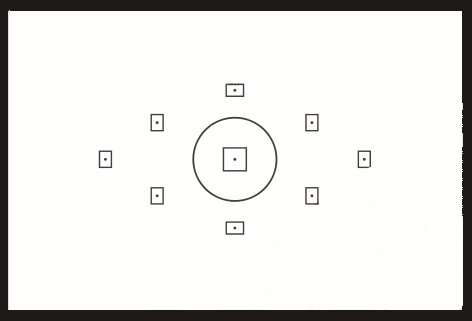
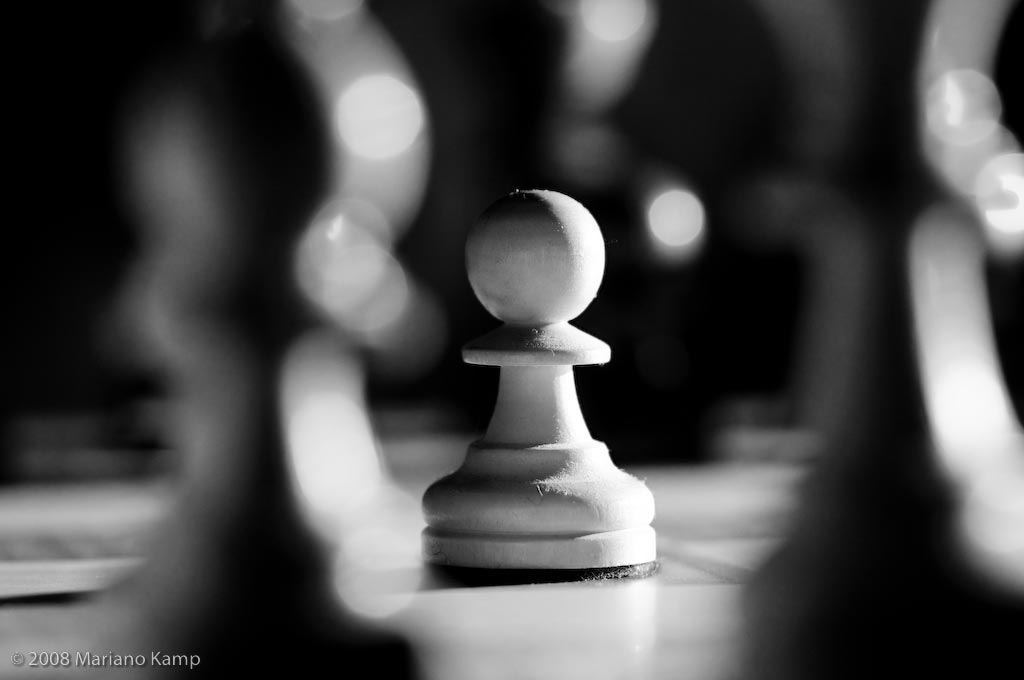

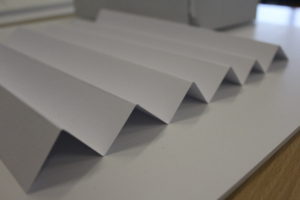

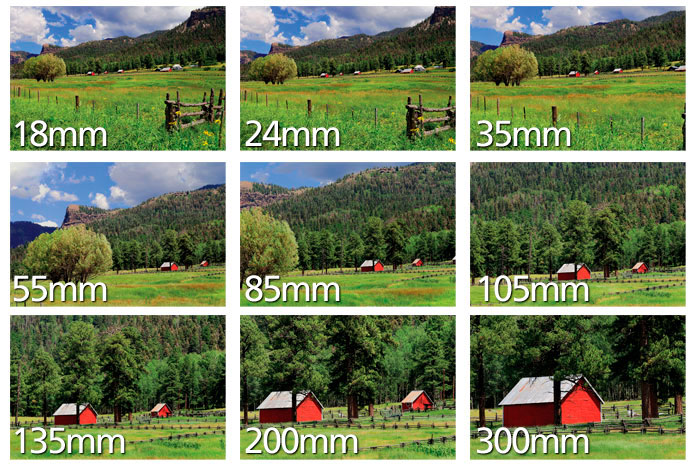
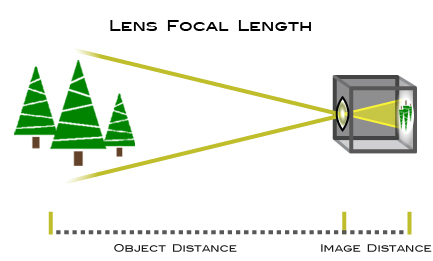
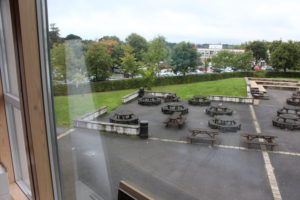
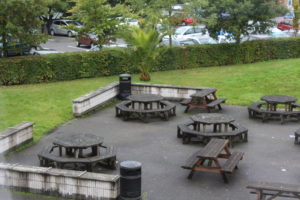


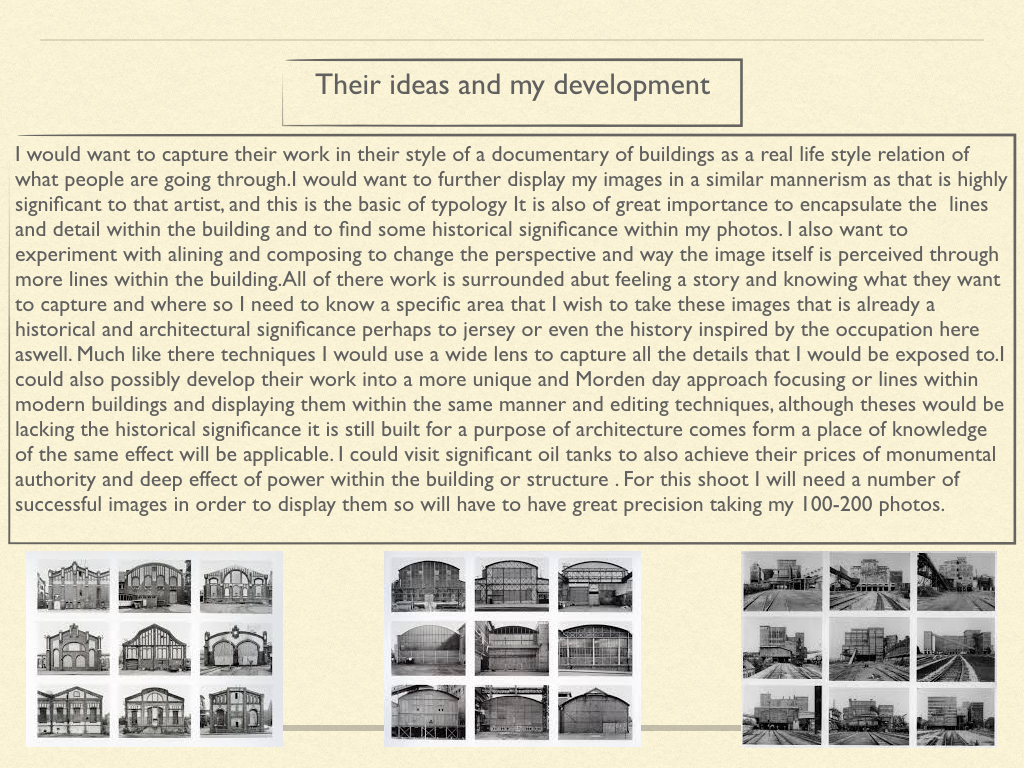
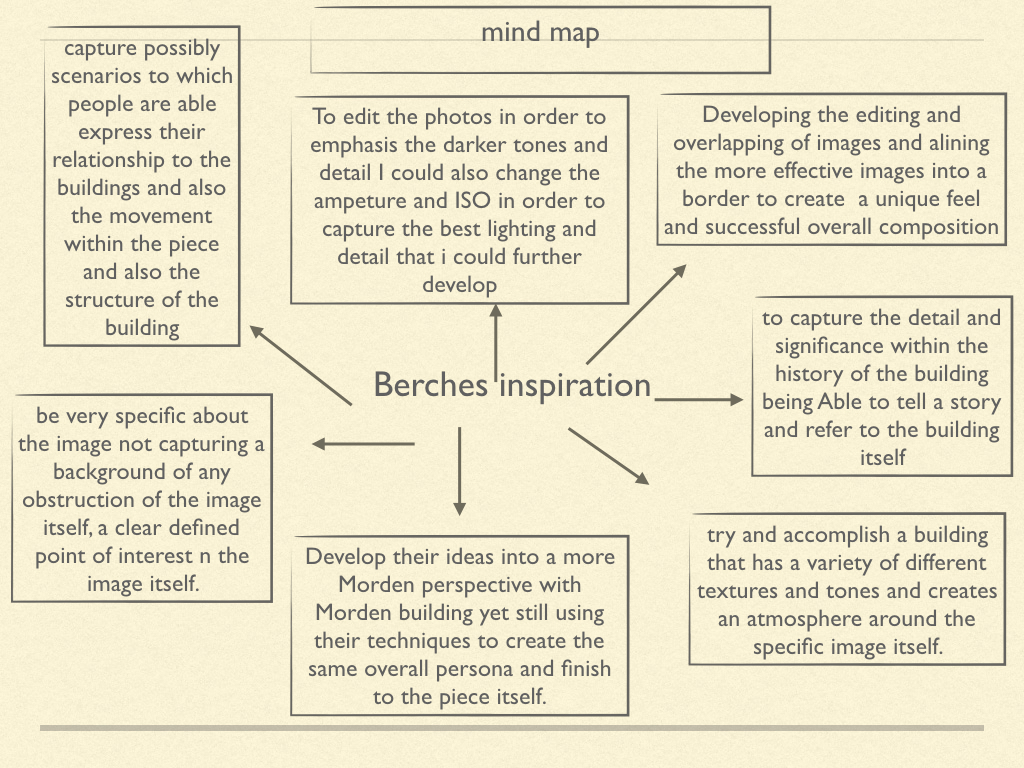
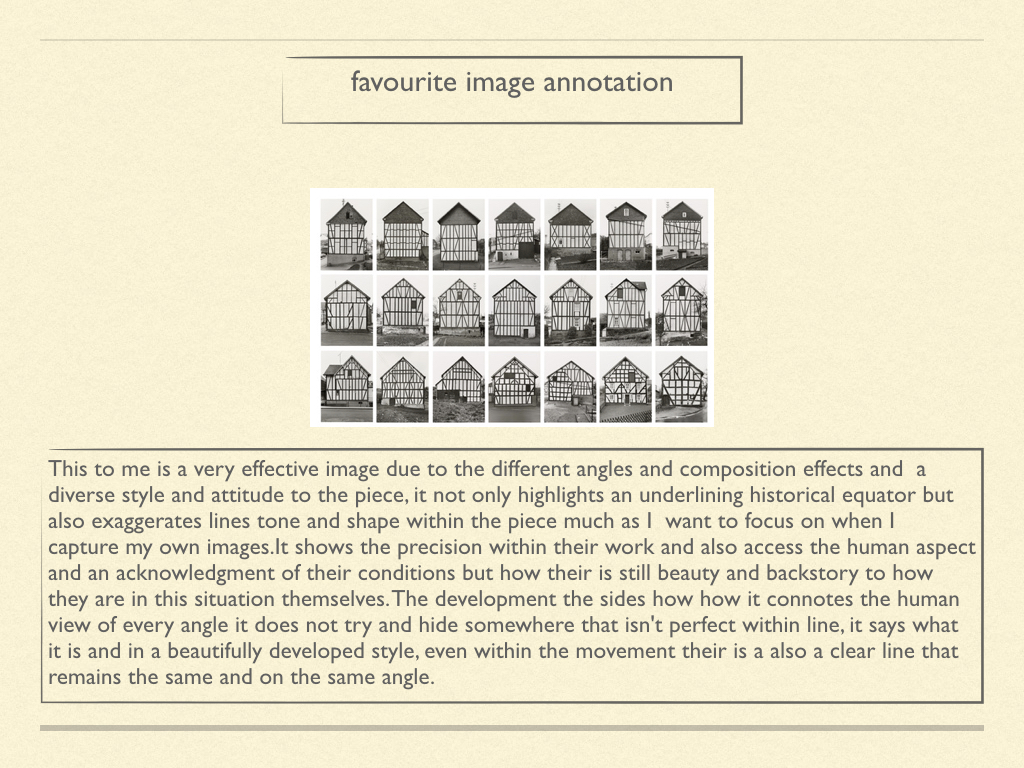
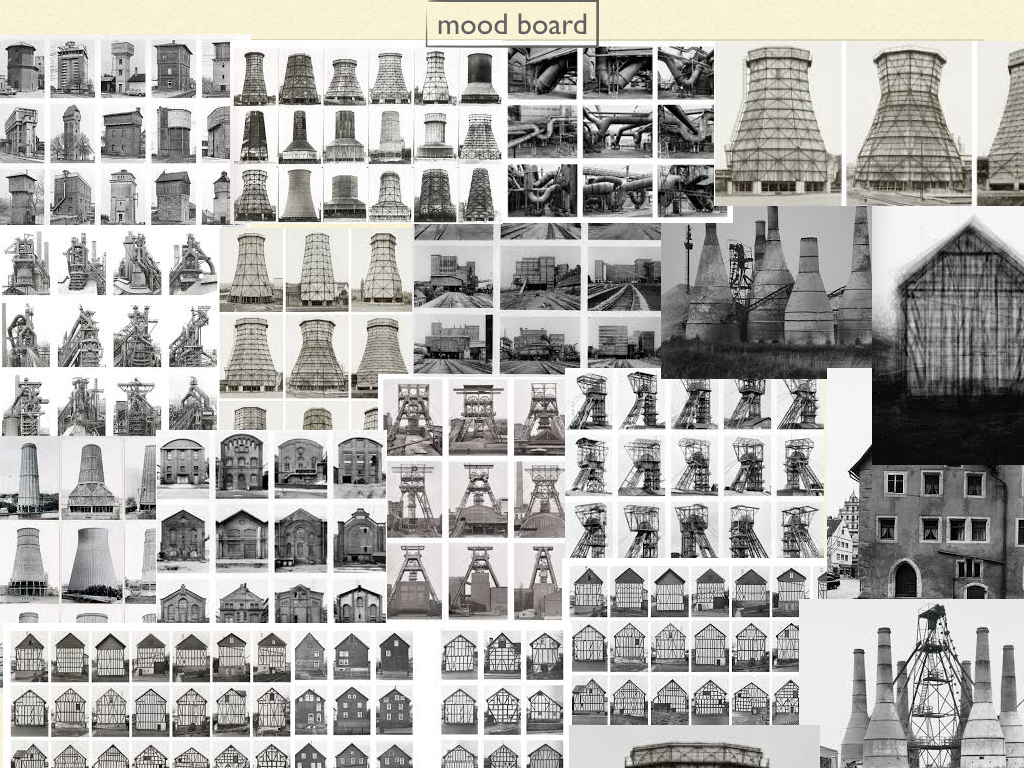
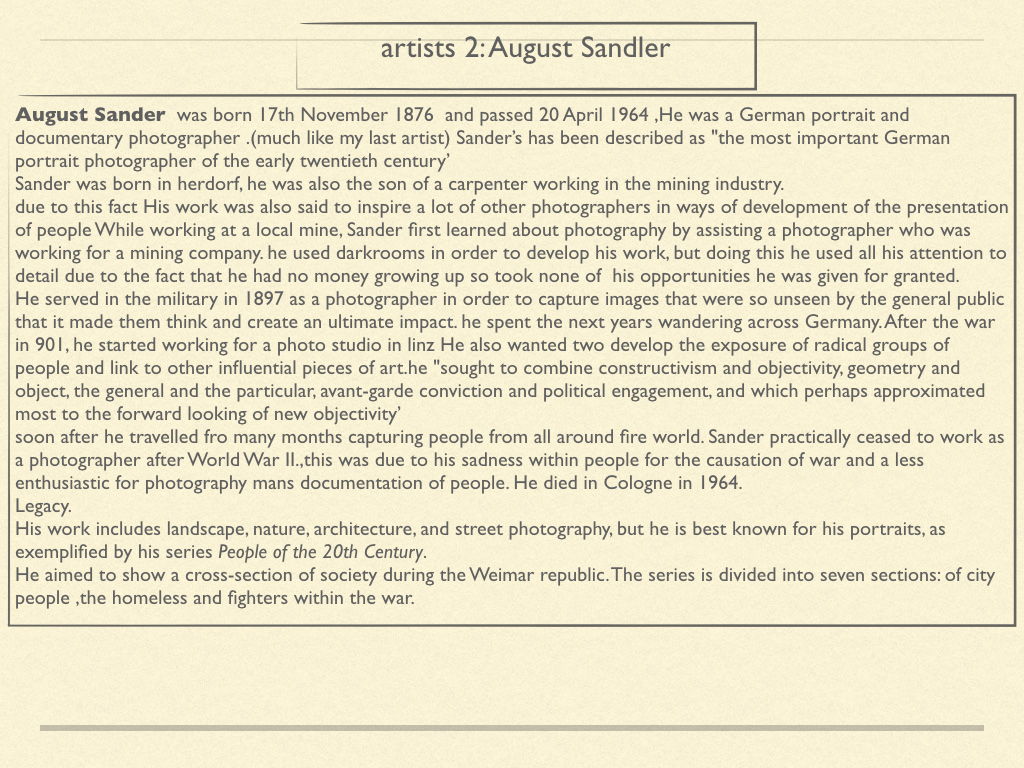
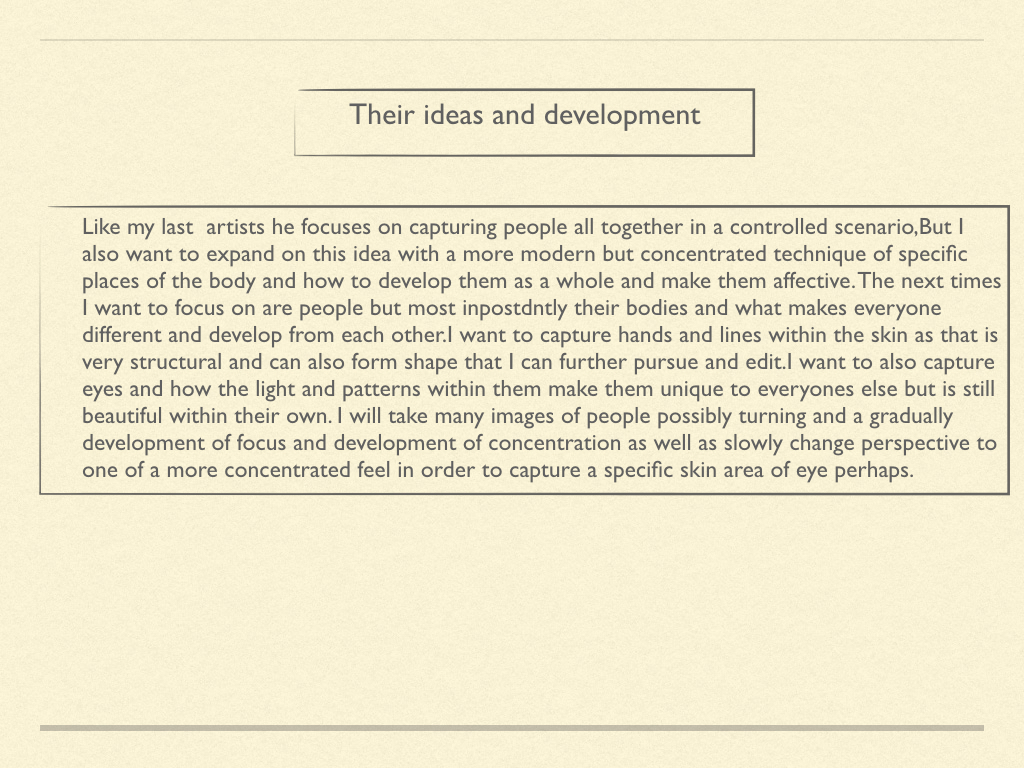

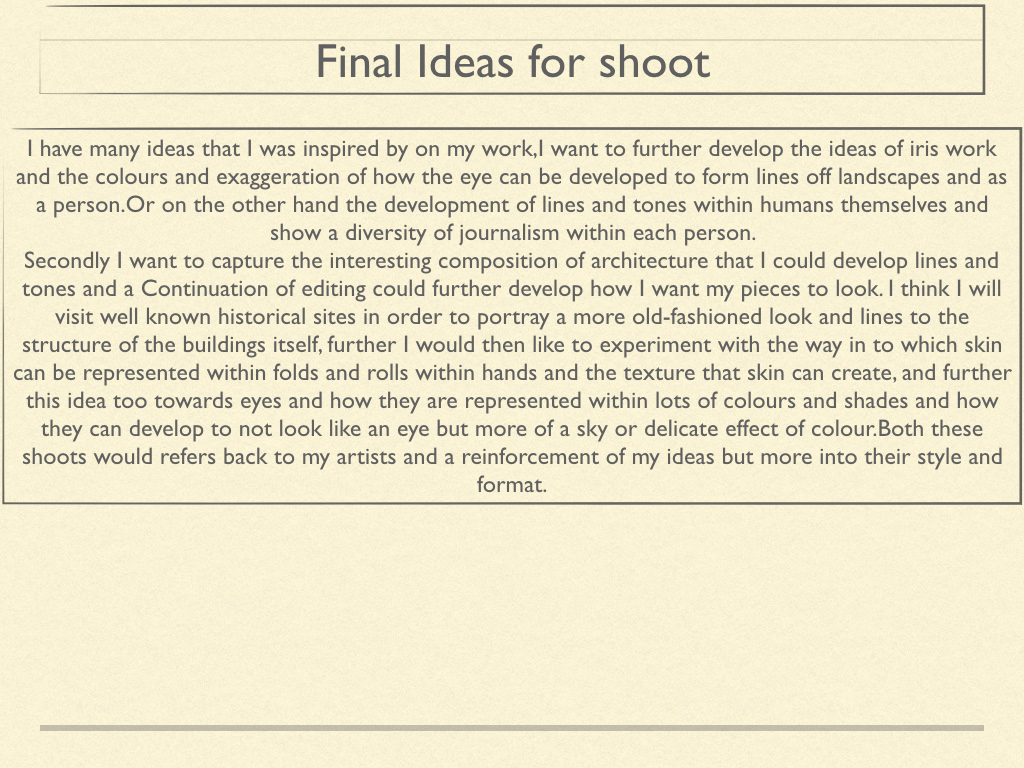
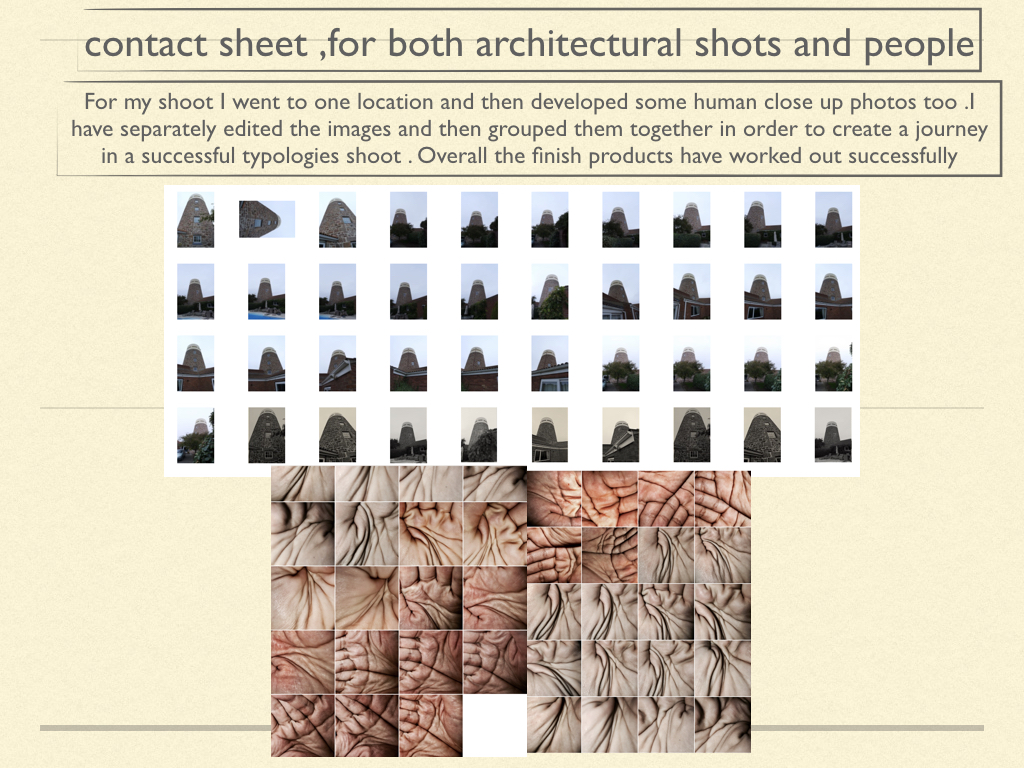
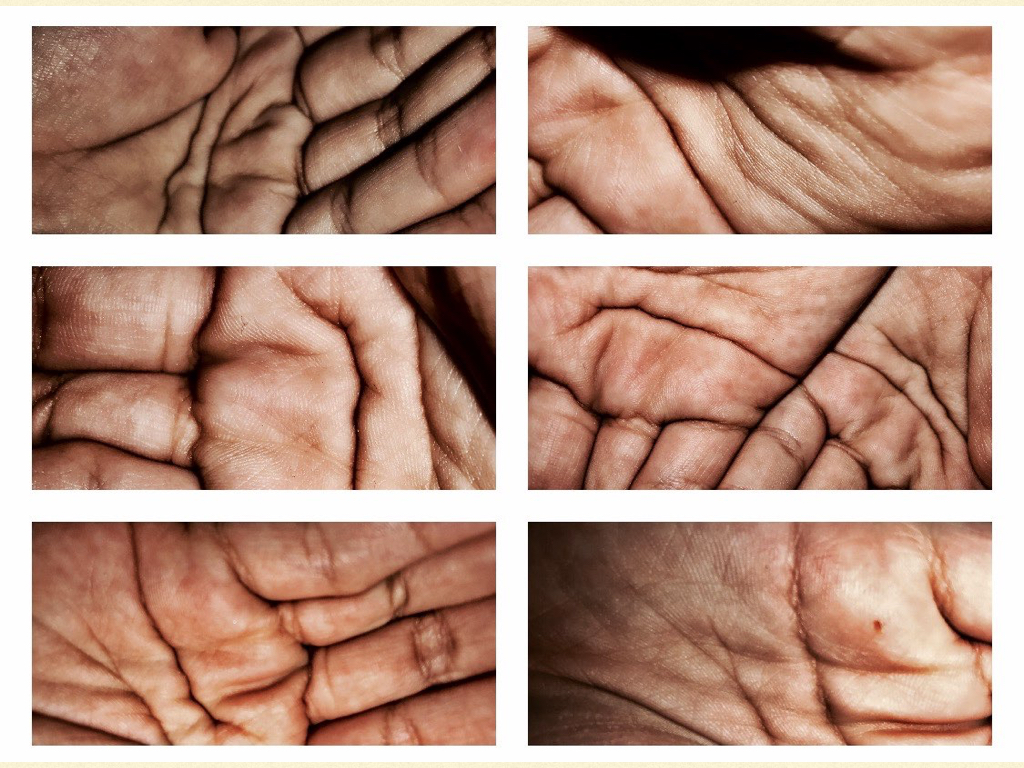
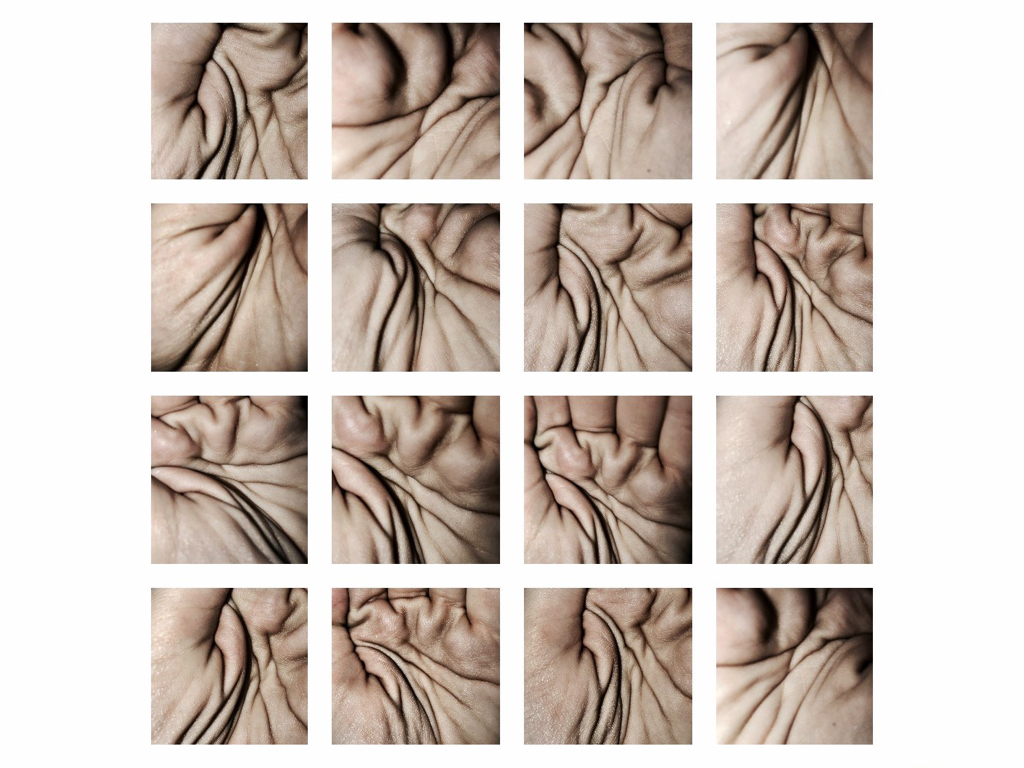
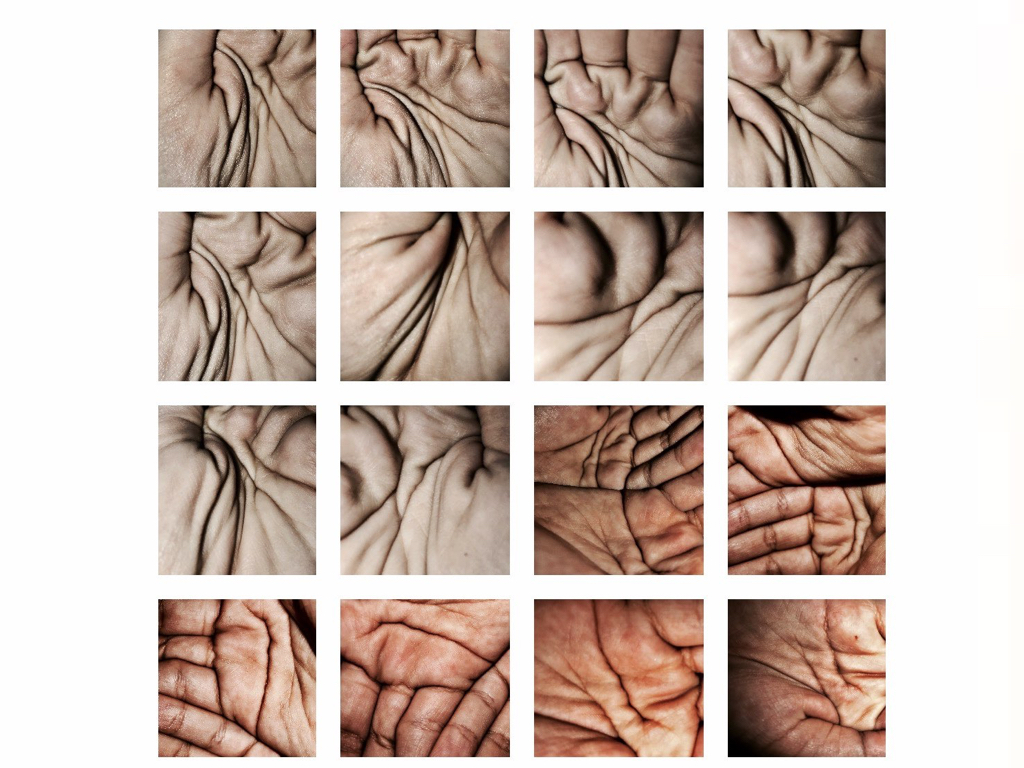
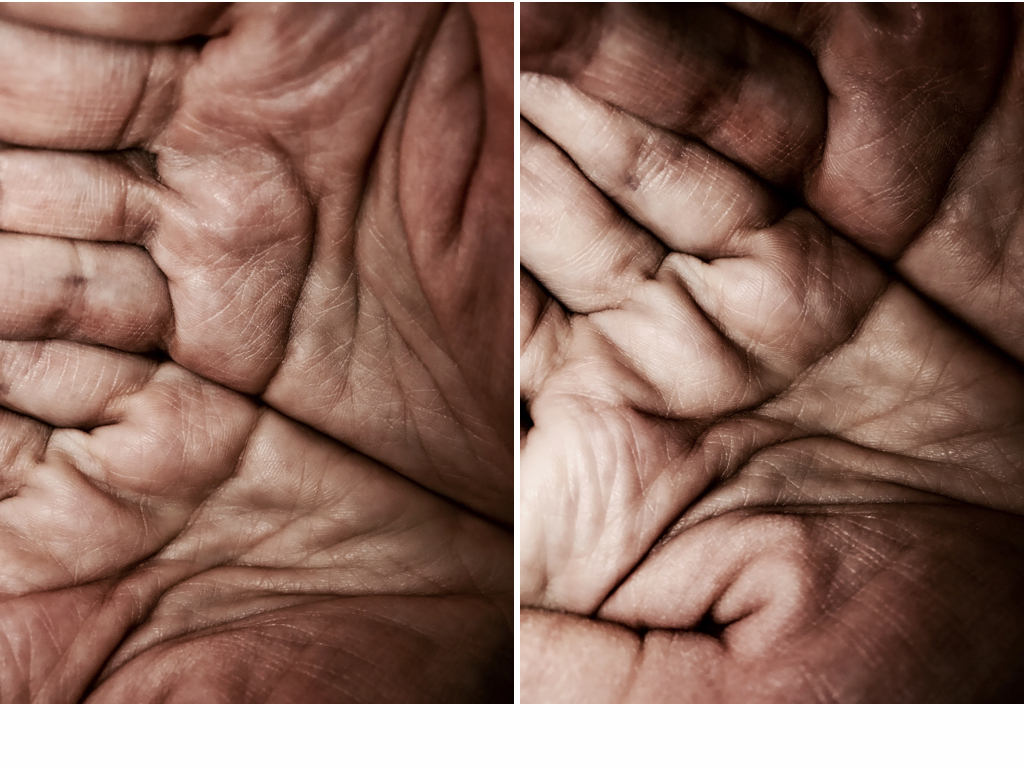
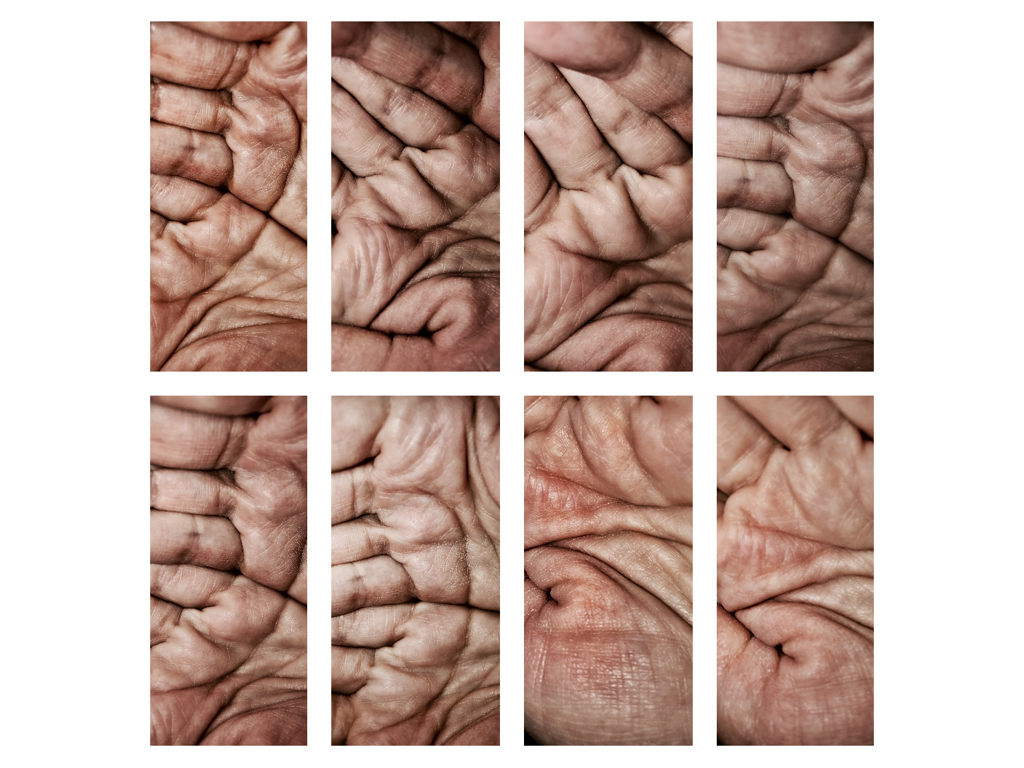

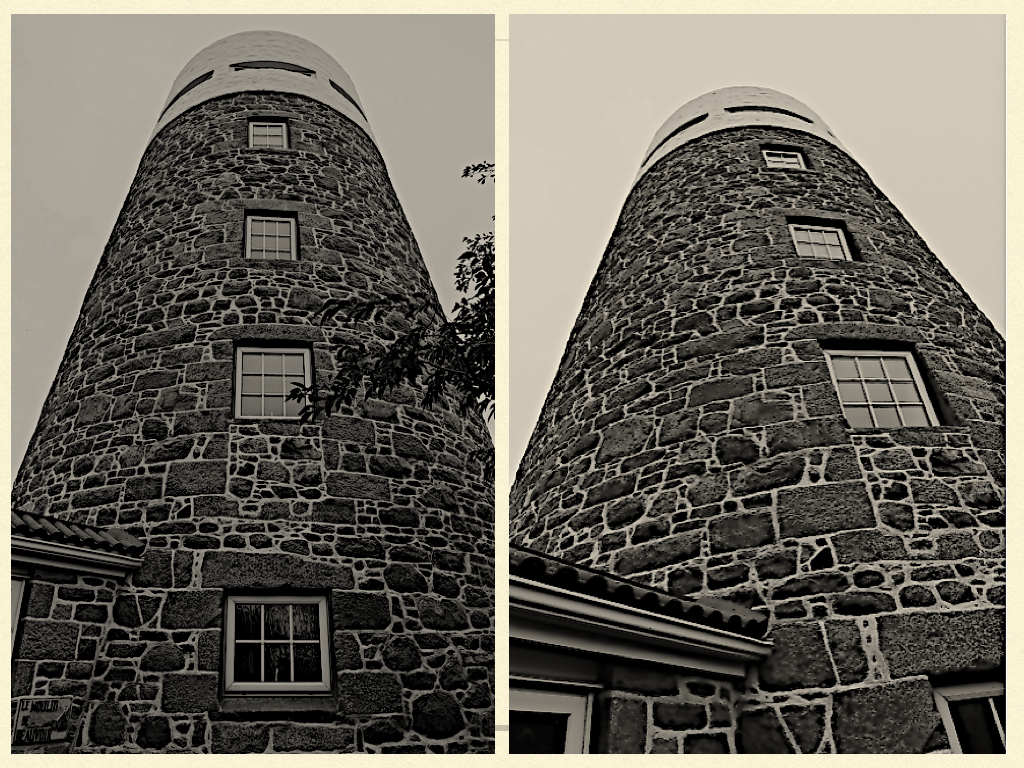
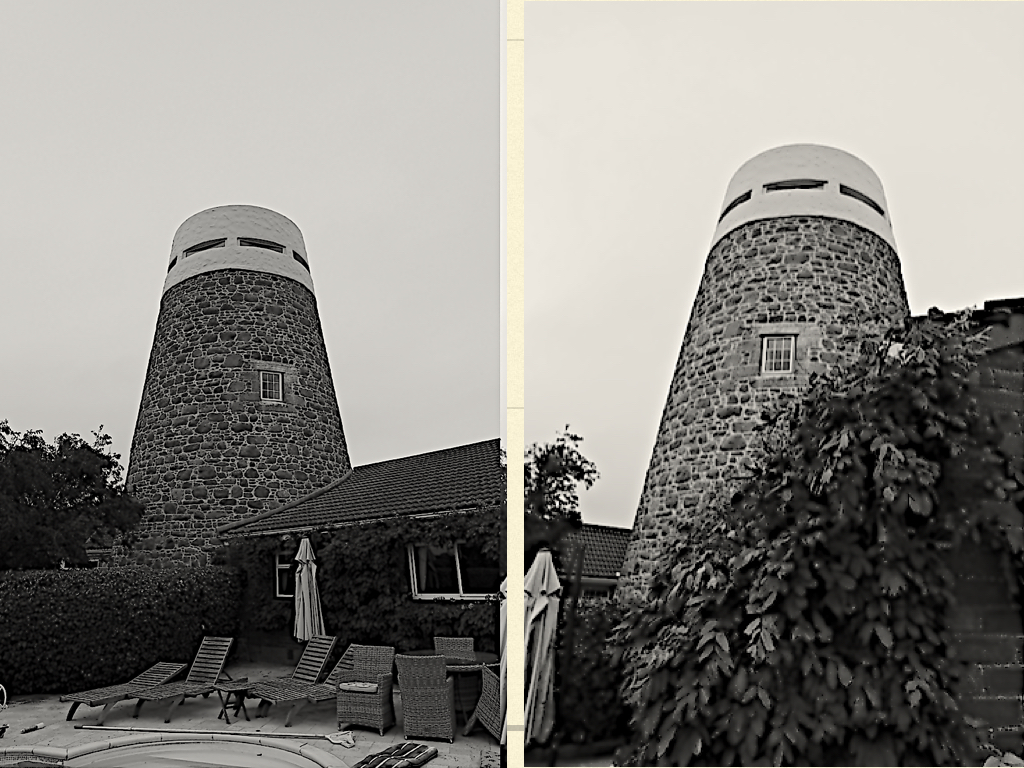
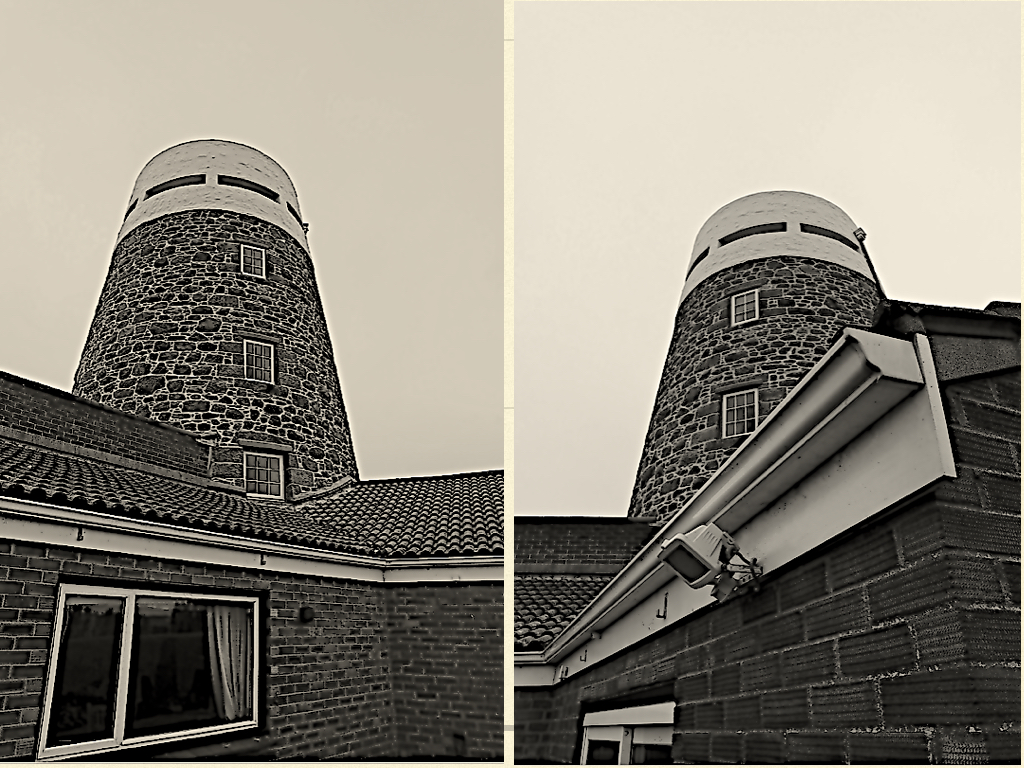
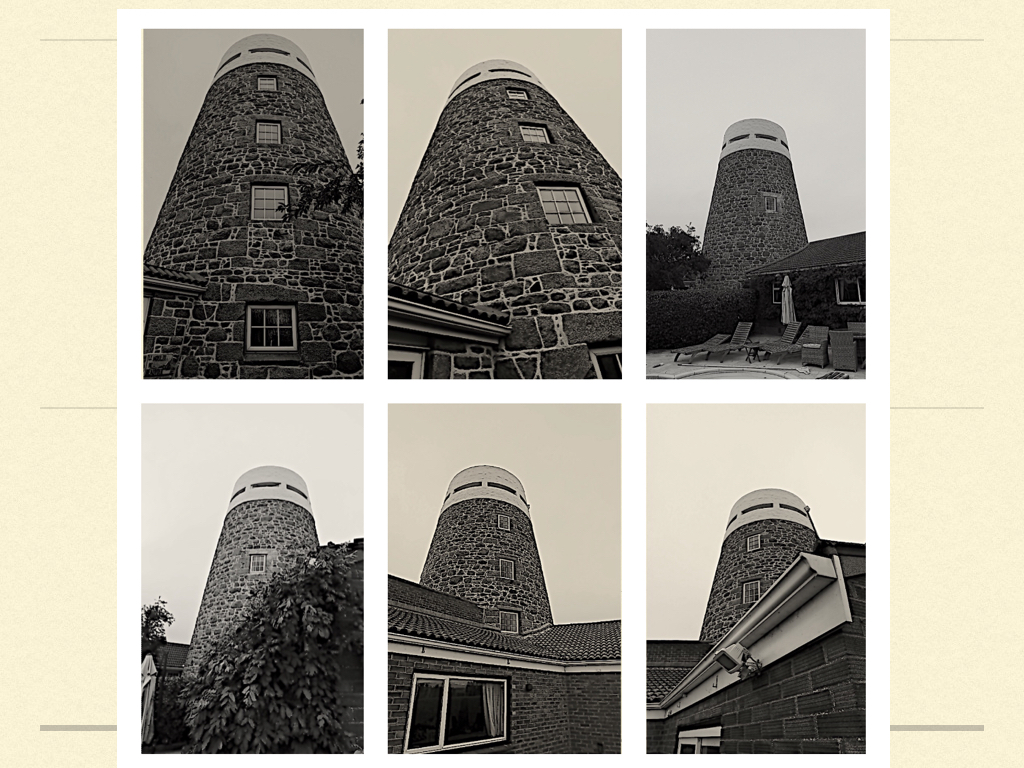
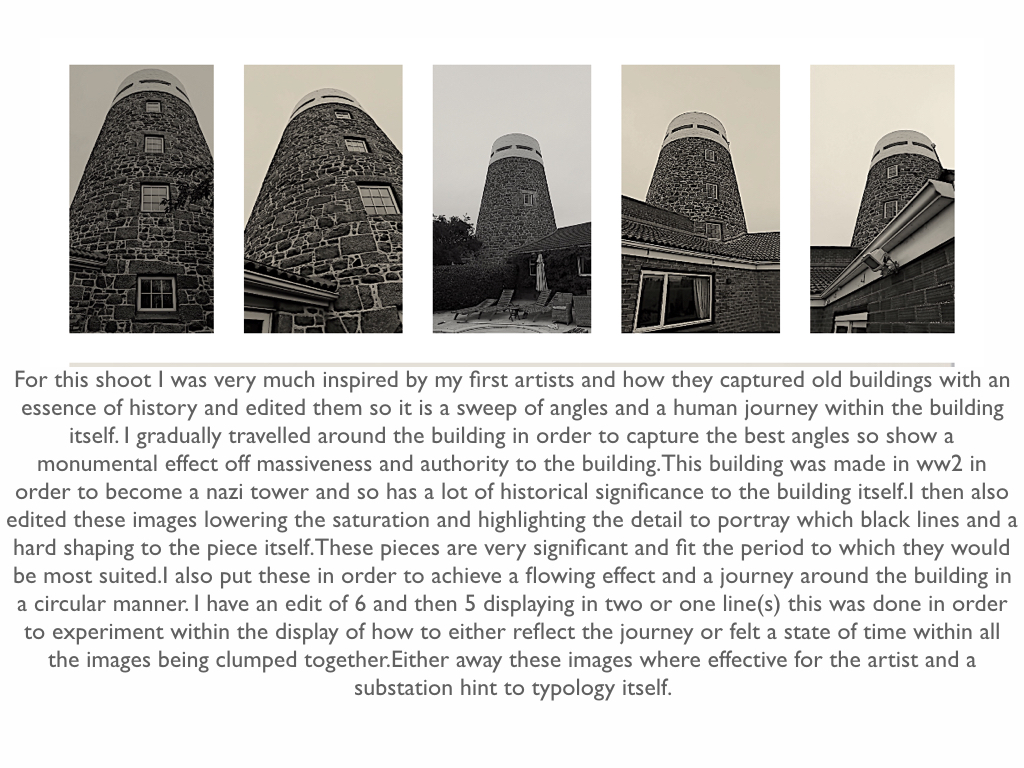
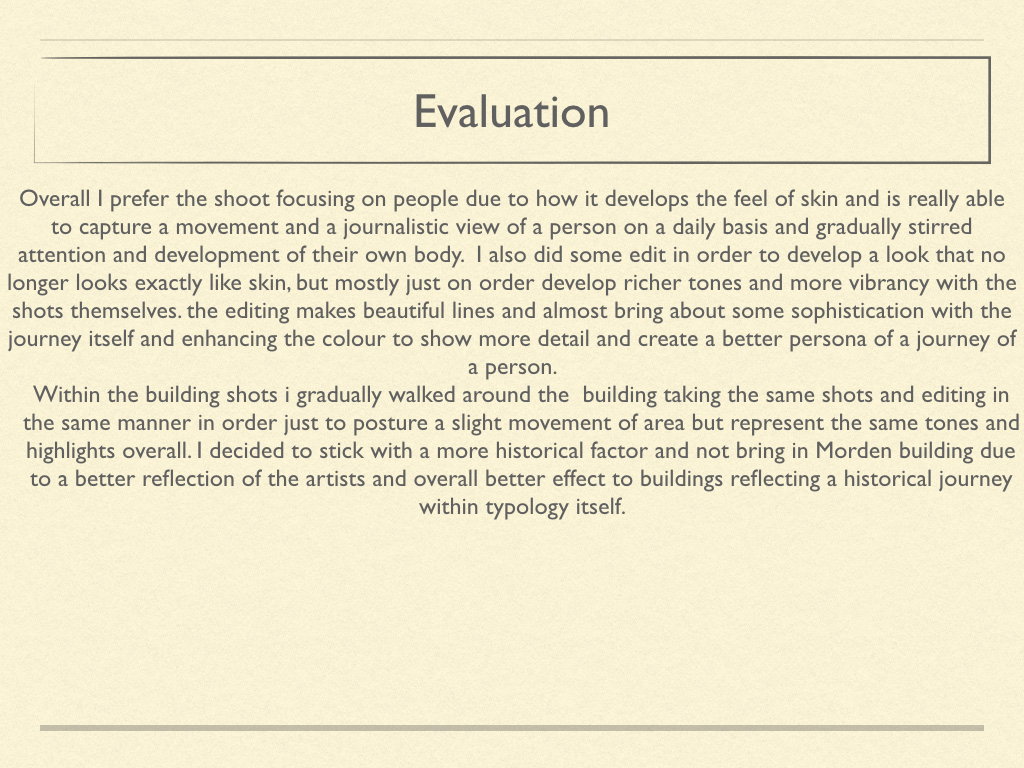

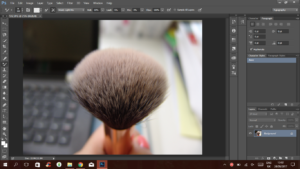
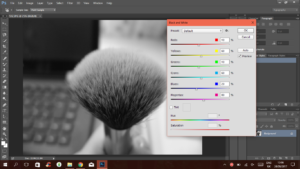
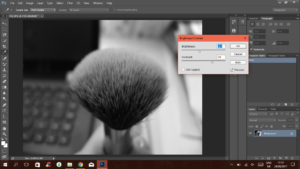
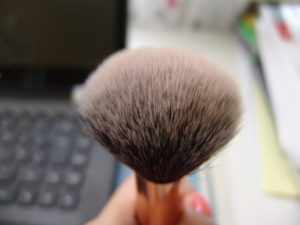
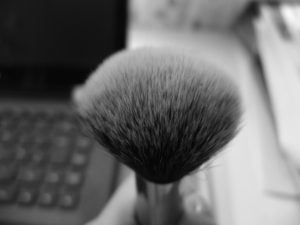
 Aperture: the size of the opening in the lens when a photo is taken. The opening controls how much light can enter your camera at once.
Aperture: the size of the opening in the lens when a photo is taken. The opening controls how much light can enter your camera at once.



